Guest Post by Joanna Lepore, Tenacious Instinct
Container gardening is a great way to get outdoors and grow some of your own food. Using repurposed materials as planters is a fun way to get creative, will save you money and is environmentally friendly.
Make a planter
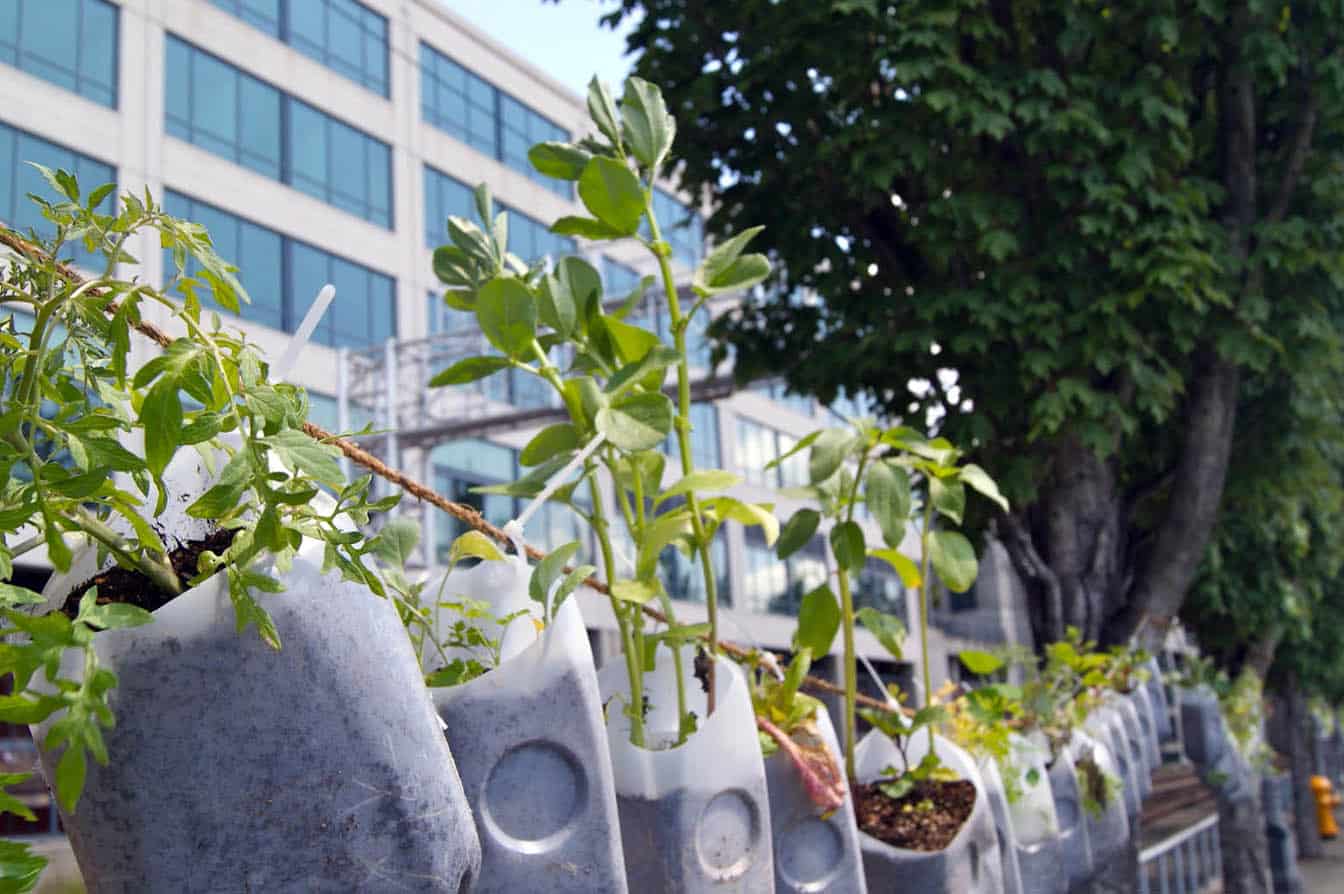
Photo by Joanna Lepore
Once you know where to look, you will start to find planters everywhere! Here are a few examples:
- Pallets can be found in many industrial areas and grocery stores — just don’t take any that are made with treated lumber, or you run the risk of nasty chemicals leaching into the soil.
- Tires make great hanging or stacking planters, and mechanic shops usually have a pile they will be glad to give to you.
- Cinder blocks are another great option — you can usually find these at second-hand building material stores for a few bucks.
- My favorite hanging planter technique is a cut-open plastic milk jug spruced up with a coat of paint. A fence or railing adorned with small colorful planters can be a surprisingly elegant and productive growing space.
Renovating your home?
Find out what your home's worth, edit facts, and see the impact of home projects.
Choose an installation site
Renovating your home?
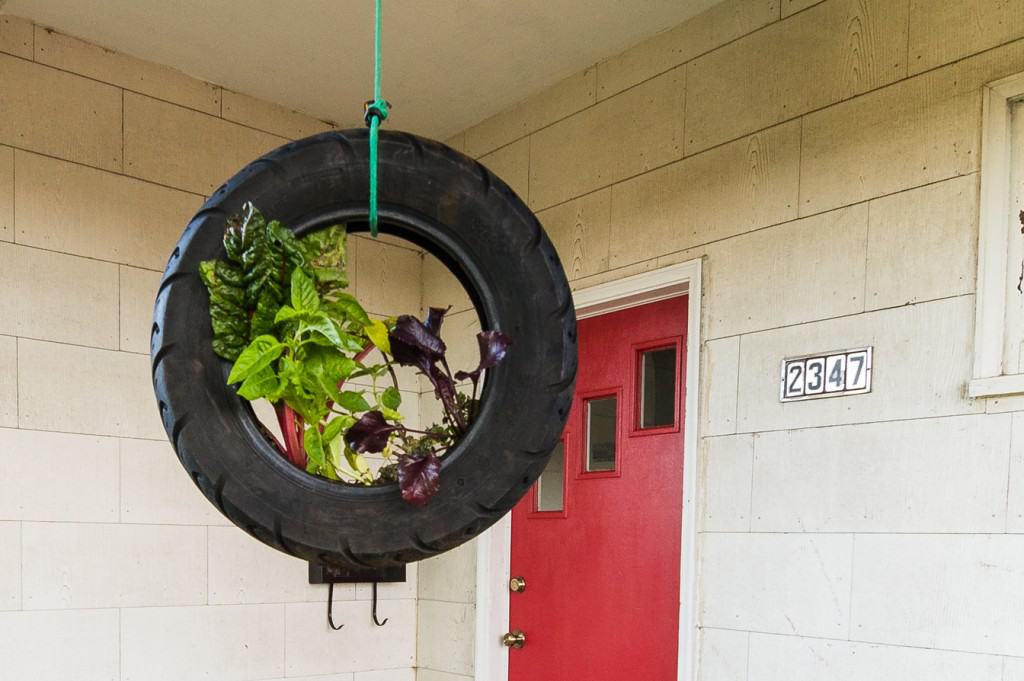
Photo by Tino Tran www.tinotran.com
Found your materials? Here are a few things to keep in mind:
- You want a spot that is sunny for at least six hours a day to grow most vegetables and flowers. Shadier spots are great for tender herbs; mint, oregano and salad greens; and even strawberries.
- What you can grow depends on the soil depth of your planter: Vertical installations of pallets and tires will only have about 4 to 6 inches of soil, which works fine for tender herbs, salad greens and succulents, but won’t be enough for tomatoes, rosemary, kale and potatoes.
- Plant larger veggies in stacked-up tires or cinder blocks (tires make GREAT potato planters). I’ve had good results with cherry tomatoes, carrots and garlic in gallon milk jugs.
Prepare your planter
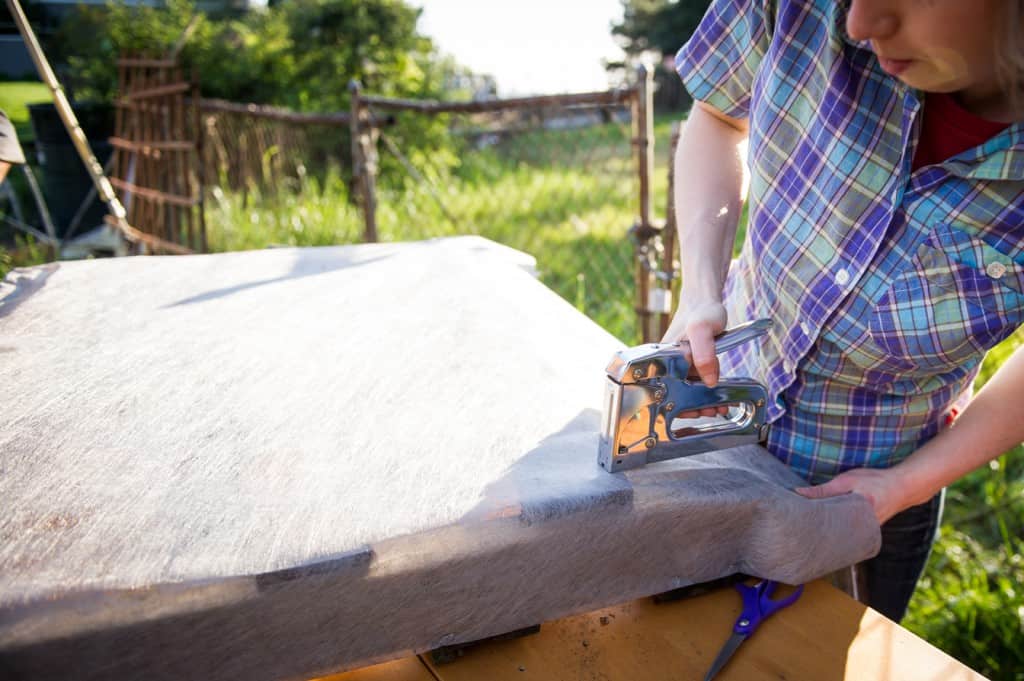
Photo by Nate Watters www.natewatters.com
- Remove old nails, sand rough edges, wash and repair any splintered boards. I use a combination of baking soda, white vinegar and Borax to remove grease and dust from tires and cinder blocks.
- Drill drainage holes in your hanging tire or milk jug. Now is also a good time to install an I-bolt in the top of your tire if you’re planning to hang it from a rope or chain.
- Pallets can be engineered several ways depending on your carpentry abilities. The simplest way is to tightly wrap around and staple landscape fabric to the back and sides of the pallet and fill the front with dirt and plants. Within about a month, the roots of your plantings will create netting that will keep dirt from falling out if you move the pallet.
Blend the perfect soil
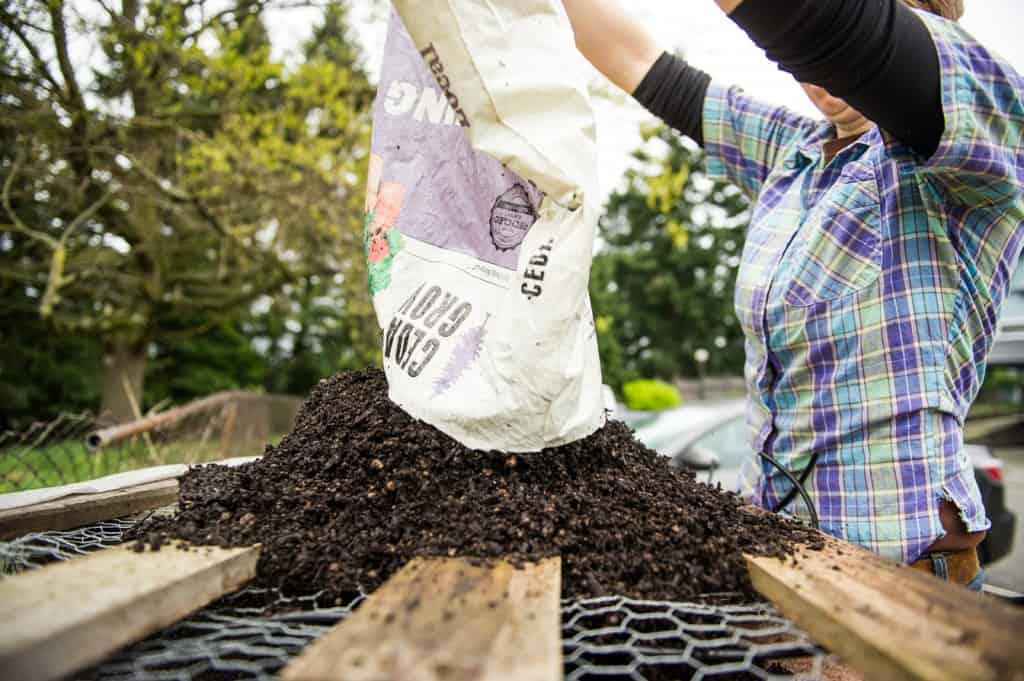
Photo by Nate Watters www.natewatters.com
Planters require a slightly different soil mix than your regular dug-into-the-ground garden bed. You’ll need a combination of substances that will both aerate and retain water in the base soil. Off-the-shelf potting mix is the easiest way to go, but can get expensive in larger quantities. Remember to refresh your soil in spring and fall with compost or an organic fertilizer.
My planter soil recipe:
- 2 parts topsoil
- 1 part sifted compost
- 1/4 part coconut husk fiber (often labeled as coconut coir) or peat moss
Looking to save money on your mortgage?
Maintain your plants
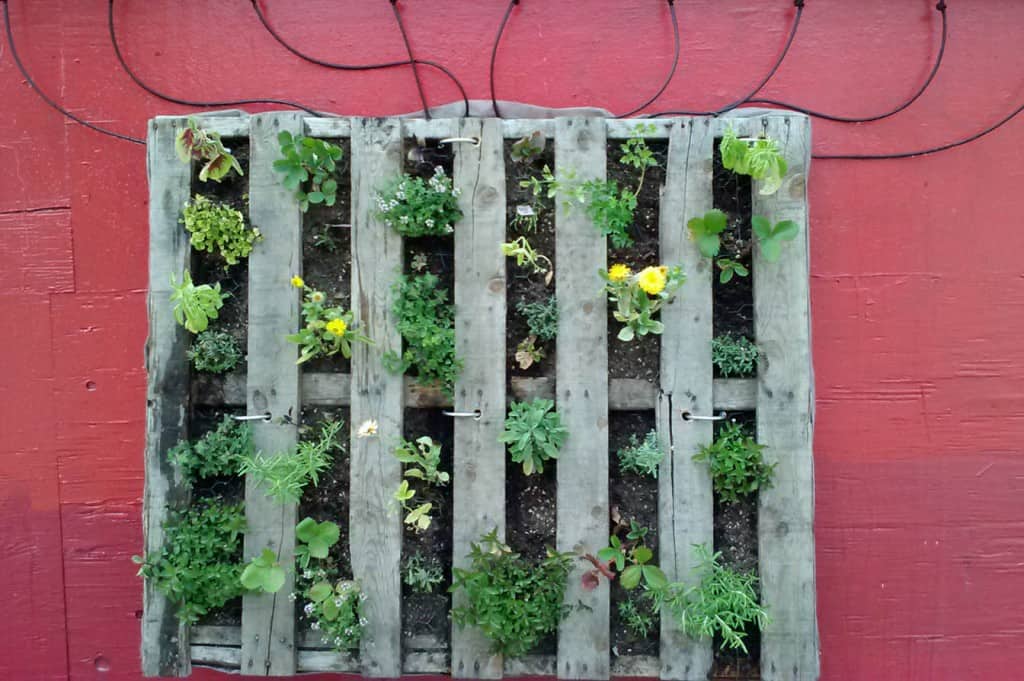
Photo by Joanna Lepore
Vertical gardens and hanging planters need more water and attention than larger planters on soil or concrete.
- Hanging tires and bottles are easily managed with a watering can several times a week during hot, dry weather. Rubber and plastic are inherently water tight, so these types of planters are ideal in drier climates. Water slowly to ensure that the soil is thoroughly saturated, and check the soil with your finger. You want it to be damp but not flooded several inches down.
- Pallet gardens can be watered by hand, but you run the risk of uneven water distribution — and unhappy plants! Consider burying quarter-inch drip irrigation in the soil and connecting it to a hose when it’s time to water. A company like DripWorks is a great resource for irrigation equipment.
Joanna Lepore is a public artist and avid urban farmer based in Seattle. She created Tenacious Instinct to encourage the self-reliance of urban areas by teaching techniques that are simple, cheap, and effective and by demonstrating the ease with which gardens can be built and the multitude of spaces they can thrive.
Note: This is a guest post; the views and opinions expressed are those of the author and do not necessarily reflect the opinion or position of Redfin.


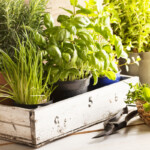


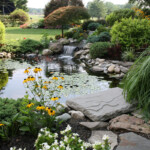

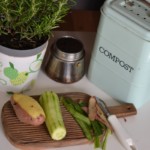

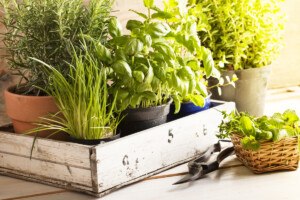
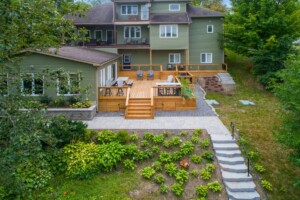

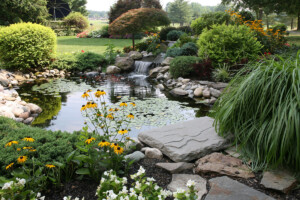

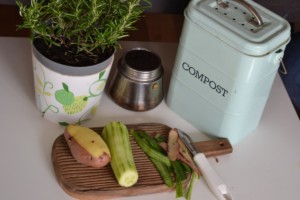



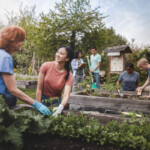








 United States
United States Canada
Canada